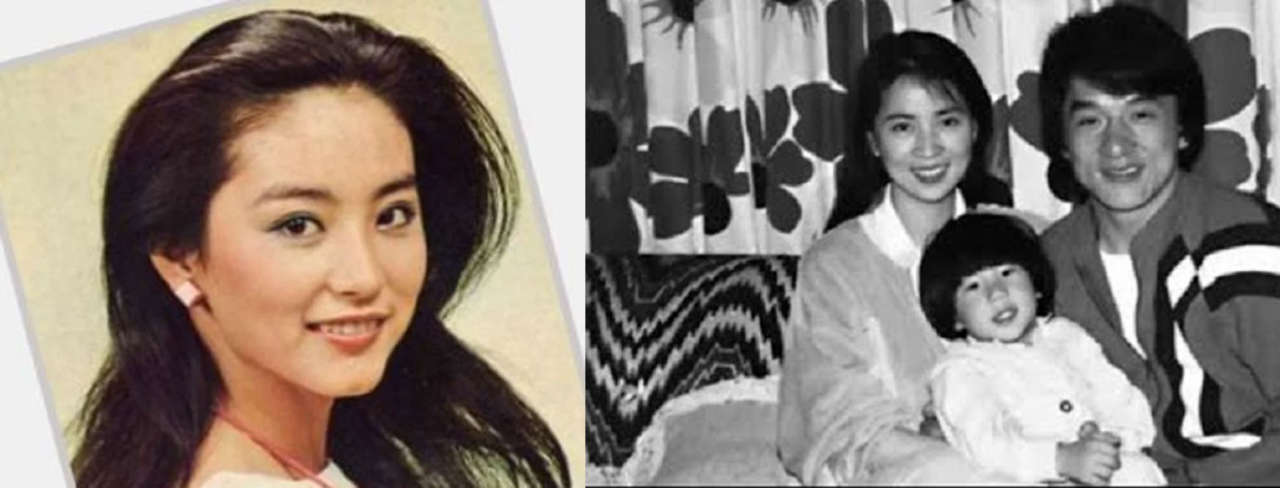
Because of the cheongsam's exclusive regal status in fashion, the new generation of expert cheongsam tailors further enhanced its sensuality with front and back waist seams, creating an hour-glass figure for the wearer. Ladies would wear the cheongsam more exclusively for special functions. The cheongsam maintained its regal status. Qipao gradually became more commonly known as cheongsam. The cheongsam took on a new perspective in its adoptive countries. While the mainland Chinese were hailing Chairman Mao with nationalistic fervor, the overseas Chinese were transforming the cheongsam with passionate embrace. In 1949, following the establishment of the People's Republic of China, there was a diaspora of Chinese people to other countries, notably Taiwan, Hong Kong, and most of the South-east Asian countries, especially Malaysia and Singapore. The socialite Chinese ladies had to transform their status and personality, and the most logical approach would be to display their figures in the most alluring and fitting way (pun intended). The well-connected local Chinese took the opportunity to join in the fun. Nightly parties were a norm rather than exceptions. Well-heeled ladies from the West had followed their gentlemen to enjoy life in their respective "foreign concession" enclaves. The place to be for action and entertainment was metropolitan Shanghai, where by then, high fashions from Europe had begun to influence local fashion. Fashions became more important that politics, when China took a breather for a brief period of superficial "peace" after the ravages of war. Pretty film actresses emerged, came under the limelight of the new entertainment world.

The 1930s era in China is considered to be the Golden Age of Chinese Cinematography. The waistline became more tight fitting to reveal the female curve. By the 1920s, cheongsam hemline was raised, shortening the length, with corresponding shortened three-quarter sleeves, revealing the ankles and the lower arms. The moment the Qing dynasty fell in 1912, the status of the cheongsam rose. Shanghai was then hailed as the Oriental Paris. It was in the 1920s in Shanghai, that the modern cheongsam was born. Shanghai became the metropolis of high fashion and the Chinese capital of haute couture. The era of the sexy elegant cheongsam thus began in the enclaves of these "foreign concessions".
#CUTE GIRL IN OLD JACKIE CHAN FILM MOVIE#
He won the Favourite Movie Actor at Kid’s Choice Awards 2011, Biggest Badass Star at MTV Movie Awards 2011, and Best Leading Young Actor in a Feature Film at the 32nd Young Artist Awards.With nightly parties of the well-groomed and the well-connected, a new genre of high-society socialites emerged with their ladies adorned in elegant figure-hugging cheongsam. The child artist at the time was appreciated a lot and gained many praises for his performance in the movie. His character is a 12-year-old who moves from Michigan to China with his mother.

Jaden Smith, son of the popular Hollywood actor, Will Smith, plays the lead character of Dre Parker in the movie. Karate Kid cast and characters Jaden Smith as Dre Parker Here is all about the cast of Karate Kid and other details about the movie that fans would want to know. The movie that was made on a budget of $40 million, went ahead to reportedly make $359 million at the box-office and become a huge commercial success.

The movie has been produced by Jerry Weintraub, James Lassiter, Ken Stovitz, Will Smith, and Jada Pinkett Smith.

The Karate Kid (2010) is a martial arts drama movie, directed by Harald Zwart.


 0 kommentar(er)
0 kommentar(er)
